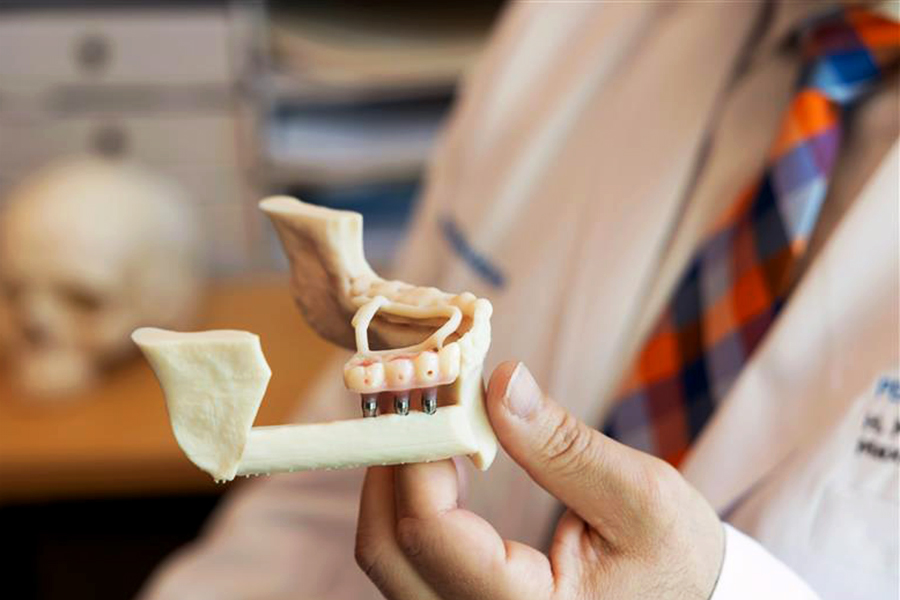March 24, 2020
Telemedicine is quickly becoming health care’s first line of defense against COVID-19. With the growing concern over the COVID-19 pandemic, The Permanente Medical Group (TPMG) has ramped up its telehealth services to minimize foot traffic in offices and to educate patients. Continued expansion of these telehealth services helps to avoid putting physicians and their teams at a greater risk for exposure and utilizing scarce personal protective equipment (PPE).
“At a high level, the country’s response has been lagging. It seems that there’s interdepartmental politics,” said Richard S. Isaacs, MD, co-chief executive officer of The Permanente Federation, and CEO and executive director for TPMG. “You’ve got the federal government; you’ve got the state governments and here in California we’ve got city councils and counties and there’s a lack of alignment. So, it creates uncertainty.”
“Being in many counties in Northern California there’s not a uniform approach and it’s creating a lot of confusion at the care delivery side,” said Dr. Isaacs who is also president and CEO of Mid-Atlantic Permanente Medical Group (MAPMG). Both TPMG and MAPMG are among eight Permanente medical groups in the U.S. which, with the Kaiser Foundation Health Plans and Kaiser Foundation Hospitals, comprise Kaiser Permanente.
Together, TPMG and MAPMG have nearly 11,000 Permanente physicians and more than 40,000 nurses and staff delivering high quality care to 5.2 million Kaiser Permanente members in Northern California, Maryland, Virginia and the District of Columbia.
Here are five ways TPMG is using telehealth during the COVID-19 pandemic to improve patient care and protection.
Educate through patient portal
During this COVID-19 pandemic, patients can be experiencing information overload, which can lead to added stress and anxiety. By using the patient portal, Permanente doctors can share pertinent information as it is made available.
“We have a very robust digital presence where we provide information about COVID-19 on a day-by-day basis for all of our patients, members and staff,” said Dr. Isaacs.
Evaluate with a virtual visit
Telehealth services are an important part of the mitigation process. For example, if a patient has cold or flu symptoms, they can contact their physician for an appointment. The primary care doctor then evaluates the patient via a video visit or a phone call. This helps the physician support a patient’s symptoms without spreading disease to other patients or medical staff.
This article originally appeared in American Medical Association






